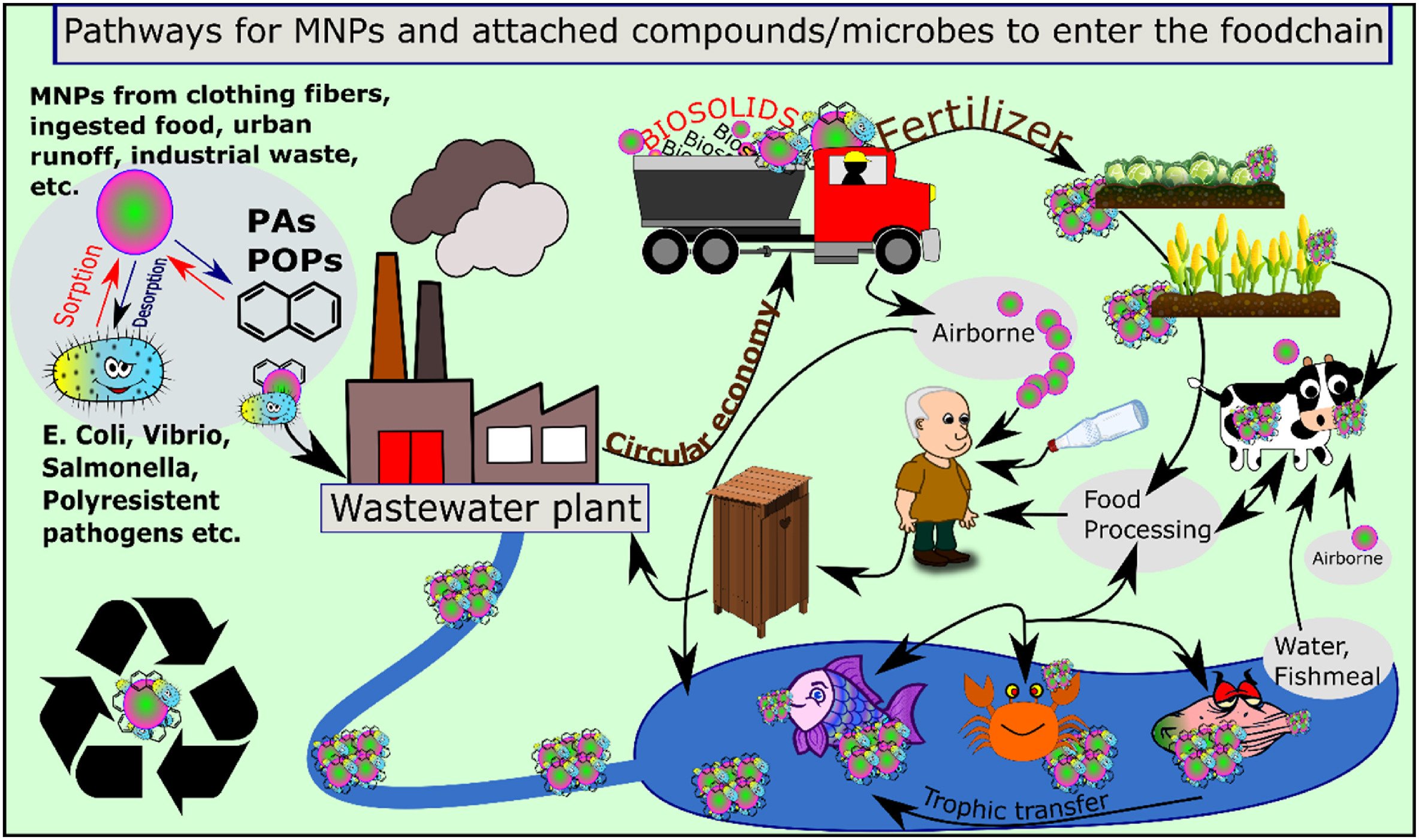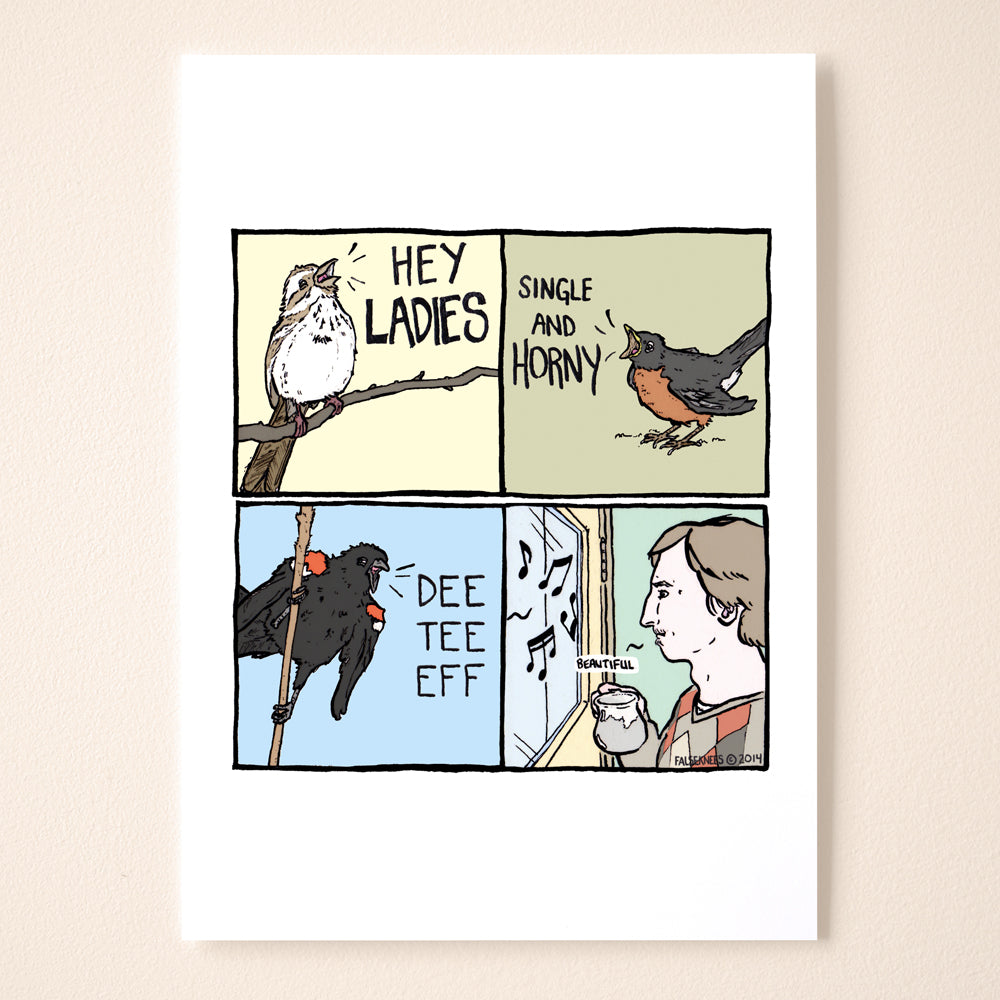
Not just land use. Arable land (not "marginal") can be considered as an input to production, a variable in the outcome. It is not the only variable. As we're talking about industrial agriculture, the other inputs are machinery, seeds, agrochemicals, and fuels (and labor if you want to count it here).
The animal farming sector competes on all these in one way or another, raising demand and pricing out poorer farmers around the world. This isn't necessarily a rule, but it's common and it matters; not all inputs are near scarcity. The most important one is probably fertilizers: Savings in fertilizer requirements from plant-based diets - ScienceDirect
Ex. from 2021 Global farmers facing fertiliser sticker shock may cut use, raising food security risks | Reuters
This is made worse by the fact that the rich "developed" countries dedicate a lot of resources to animal farming, including feed crops, and they bring in loads of ag. subsidies for that. Poorer countries can't afford meaningful subsidies, so they can't compete to buy the expensive inputs as easily. Effectively, subsidies for eating animals in rich countries translates, through the invisible hand of the global ag. inputs market, into food insecurity in poor countries. I'm not the first to point that out: https://openknowledge.fao.org/server/api/core/bitstreams/0a8bd248-025d-49fd-99e2-d8ae972fa124/content
And marginal land competes with forests, wetlands, biodiversity. "Marginal land" is a poisoned concept: https://tabledebates.org/blog/marginal-lands-sustainable-food-systems-panacea-or-bunk-concept
Fuck that channel.
Not really a challenge, the "climate friendly" idea is pseudoscience and creative accounting.
Robert F. Kennedy, Jr., does not want you to think of him as an anti-vaxxer. I have yet to meet an anti-vaxxer—someone who spreads misinformation about all vaccines being harmful—who is comfortable with the label. Kennedy is not just anti-vaccine; by many recent accounts, he is one of the princes of...

Take-home message:
-
Robert F. Kennedy, Jr., is one of the main activists of the modern anti-vaccination movement.
-
The movie his corporation recently produced, Medical Racism: The New Apartheid, mixes real examples of racism in healthcare and vaccine misinformation to push an anti-vaccine agenda on marginalized communities of colour.
YouTube Video
Click to view this content.
No summary, the video is only 17 minutes long.
Not sure why the automatic preview text is not in English.
Yeah, it's bad to know your enemy. Victory comes from being an ignorant belligerent.
YouTube Video
Click to view this content.
>Elon Musk was born in 1971 in Johannesburg, South Africa, and raised in a wealthy family under the country's racist apartheid laws. Musk's family history reveals ties to apartheid and neo-Nazi politics. We speak with Chris McGreal, reporter for The Guardian, to understand how Musk's upbringing shaped his worldview, as well as that of his South African-raised colleague Peter Thiel, a right-wing billionaire who co-founded PayPal alongside Musk. "Musk lived what can only be described as a neocolonial life," said McGreal. "If you were a white South African in that period and you had any money at all, you lived with servants at your beck and call."
>Democracy Now! is an independent global news hour that airs on over 1,500 TV and radio stations Monday through Friday. Watch our livestream at democracynow.org Mondays to Fridays 8-9 a.m. ET.
YouTube Video
Click to view this content.
M U T U A L - A I D
The epoch in human history in which the nationalist, patriarchal asshole replaces the neoliberal sociopath as the dominant subject: this is what I call the assholocene

> Author is Tadzio Müller > > >To be sure, this concept has come under convincing criticism, inter alia from the left – firstly, of course, it is not "man" who is in charge, but very specific people, mostly rich, mostly white, mostly male; and secondly, it is not man "as such", but “man on capitalist steroids” who exploits the earth – but it has prevailed against much weaker competition, such as "capitalocene" (my term will of course suffer the exact same fate, but there's no harm in trying ;)), because it articulates a widespread affect, with Freud, a "discontent within the culture", a kind of repressed collective awareness, something like: "Wow, ok, right, we're charge, and, holy crap, are we fucking up this 'world domination' thing." The Anthropocene is thus not only the age of "human" causal and ecological dominance, it is also the age of “repressed failure" of those who were in any relevant way “deciders”. We're in charge, we know that our fossil capitalist mode of production and our imperial mode of living is an ethical disaster, we know what the rational and ethical choice would be (I dunno, let's call it global degrowth communism) - and yet we are entirely incapable of making that choice, of taking that path, of changing our “normal-and-yet-insane”, deeply fucked-up collective behaviour.
The Unification Church came under scrutiny after the killing of former PM Shinzo Abe in 2022.

Context: https://en.wikipedia.org/wiki/Tetsuya_Yamagami
YouTube Video
Click to view this content.
You've made the decision to live without a car. Congratulations! While a car is a useful solution to getting from place to place, it can also cost a lot of money to maintain. Cars can also cause a lot of unneeded stress. Without one,...
Trump's closest faith "advisor" teaches that if you give her money, God will reward you with riches

cross-posted from: https://lemmy.world/post/26874488
> Capitalism is a scam, and a part of a broader scam culture, a scam tradition.
YouTube Video
Click to view this content.
>Researchers have been eavesdropping on an unusual family of crows in Spain, collecting data on hundreds of thousands of different sounds the birds made. Small microphones recorded a variety of soft calls, far quieter than the familiar 'caws' people usually hear. The team then used AI to analyse the sounds and group them together. The researchers hope is to one day be able to understand the meaning of the birds' vocalisations and perhaps even try to speak their language.
Our patriarchal culture animalizes women and sexualizes animals, and without compulsory pregnancy among human and nonhuman females, both patriarchy and animal agriculture would fail. Carol Adams, author of The Sexual Politics of Meat: A Feminist-Vegan Critical Theory , joins us.

cross-posted from: https://lemmy.world/post/26551891
> > Our patriarchal culture animalizes women and sexualizes animals, and without compulsory pregnancy among human and nonhuman females, both patriarchy and animal agriculture would fail. Carol Adams, author of The Sexual Politics of Meat: A Feminist-Vegan Critical Theory, joins us. Highlights include: > > > > - How Carol got started on her personal journey to veganism; > > > > - Why patriarchal cultures associate masculinity with meat-eating and how women and animals become ‘absent referents’; > > > > - Why feminism and veganism have a long history of deep interconnection; > > > > - How sexism persists in the animals rights movement; > > > > - Why a vegan diet is a daily act of anti-oppressive resistance.
Do we draw a line, even when it's hard?

Do we draw a line, even when it's hard?

YouTube Video
Click to view this content.
"Pastured" and "factory" are not opposites, they're the same thing with a different scale of intensity. There's no meaningful ethical difference, but there are points to make about the environment and the climate, such as the basic fact that "grass fed" means more enteric CH4 emissions, making "factory farming" better for the environment due to efficiency. No amount of "regenerative grazing" is going change that, the methane is tied to the amount of fiber in the rumen, and grasses & forbs are full of fiber.
For a more detailed explanation see: Grazed and Confused
Economically speaking is when you see how this is scam on meat eaters. Most of the animal flesh comes from CAFOs. That's not because grasslands are ugly and CAFOs are beautiful, it's because that's the most efficient way to exploit those animals, which means it's the most efficient way to keep production costs low, which means that it's the most efficient way to come to market with the lowest prices, which is how "the market" is expanded to a large part of the population (who expects cheap meat). The productive grasslands are already maxed out in most of the World and overgrazing is very common.
The US is plagued with ranchers going into natural parks and other places where they compete with wild herbivores (and call on state agencies to exterminate predators). Put simply, if CAFOs disappeared, then the average meat eater would find animal flesh to be very expensive - a food that is afforded a few times per month in "main dish" quantities, or even a few times per year (traditionally at Easter and Christmas holiday feasts). I would be glad to see that happen, but it wouldn't be enough, and it fails to teach the ethical lesson, to do the moral work. It only makes animal-based meat a more obvious luxury (it has always been one), creating black markets and creating economic demand to deforest land and to occupy cropland and turn it into pasture -- and that's something that wars have been fought for, for thousands of years.
The only sensible option is to go vegan globally (don't let animal farmers get away with exports). That frees up plenty of cropland to be reforested or used in more extensive ways.
YouTube Video
Click to view this content.
cross-posted from: https://lemmy.world/post/26074492
> >Everybody and their grandpa is fascinated by fascism- how it takes root, builds to power, and causes so much damage along the way. But we so rarely talk about the uncomfortable connection it has with beloved European pastime colonialism. Let’s get into it!
YouTube Video
Click to view this content.
by Wisecrack > > # Are Family Values Fascist? > > Recently a number of right-wing figures have become obsessed with children, whether it's having lots of them on their own, or creating a moral imperative for the rest of us to reproduce. So are they just really into the idea of spreading their own genetic code, or is there something more insidious going on? We'll explain in this video on the right-wing obsession with having children.
'The Turning Point' explores climate change, the destruction of the environment and species extinction from a different perspective. Music by Wantaways Created…
> 'The Turning Point' explores climate change, the destruction of the environment and species extinction from a different perspective. > > > > Music by Wantaways

Each fish is an individual. https://fishfeel.org/an-underwater-friend/
NYT
Thanks for nothing, NYT.
Give peat a chance!
Power is measured in the number of network nodes. What's the estimate? Non-sentient bots excluded.
oh, a new one on this topic, neat!
if_I_had_one.jpg
The OOP needs understand that there's a "too". To serve himself too.
and this trash food has more microplastics in it
It's not just in it, it's the packaging too, and it's the fat content, because fat usually helps with moving that plastic (and many other things). Packaging also refers to the containers used for food delivery.

from this paper: https://www.sciencedirect.com/science/article/pii/S0165993623000808
If you're only focusing on "processed foods", you're missing the bigger problem.
It means that you are comparing apples to orange trees. You do not understand what the challenges are and what the require effort is.
SO₂ is not the same functionally in the economies as CO₂, just like the ozone destroying gases aren't teh same functionally in the economies as CO₂.
You are breathing optimism like oxygen in an oxygen poor environment.
Do you see the global GHG emissions going down? Actually down.
Do you know when the targets for ZERO are and what the downwards angle has to be?
Good luck with your optimism.
It's a conflict of interest, it will go wrong or the system will be cancelled.
I don't think that selling licenses to pollute is a good strategy to reduce pollution (it needs to be reduced to zero ASAP).

